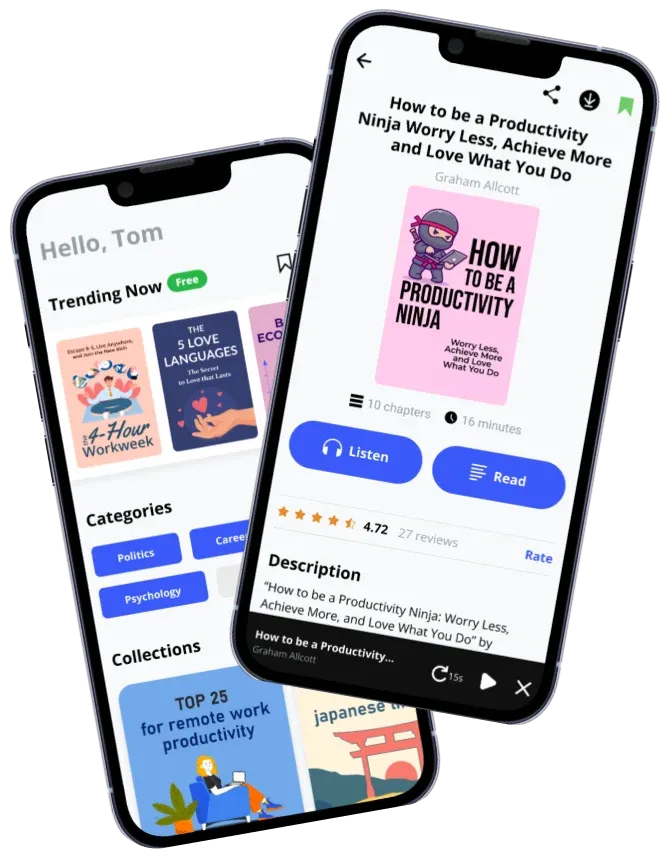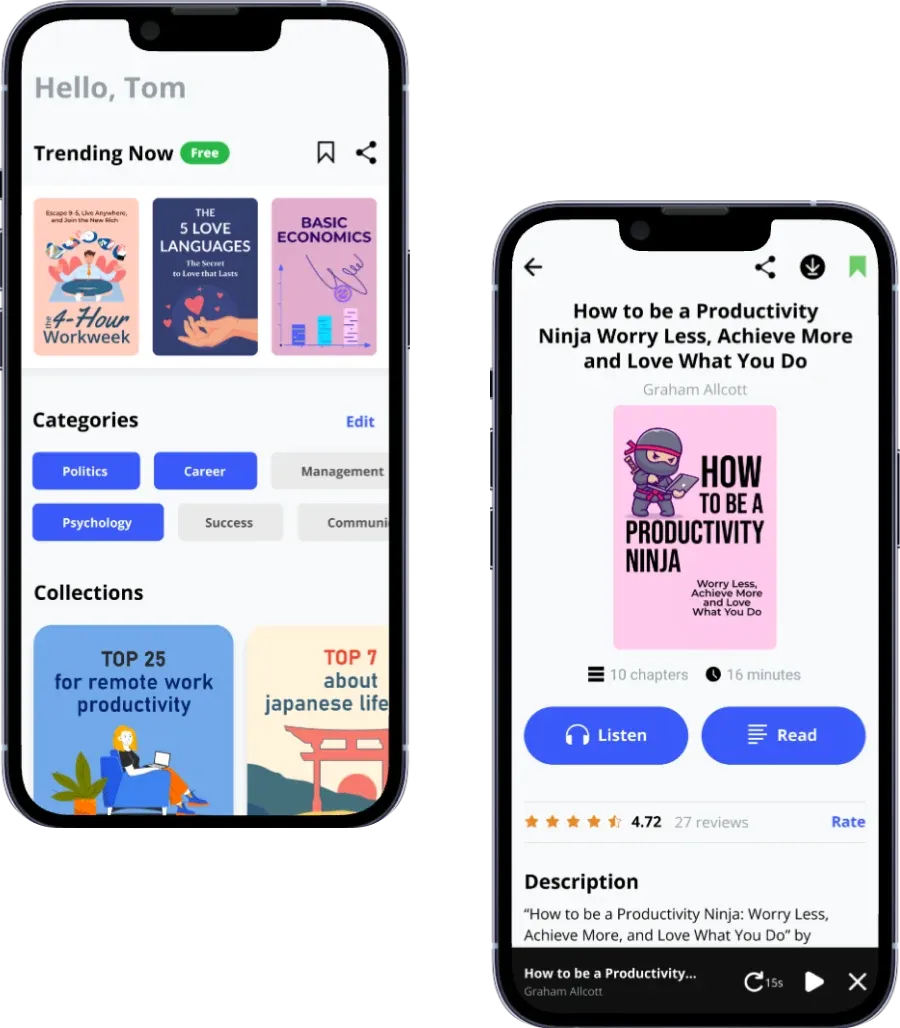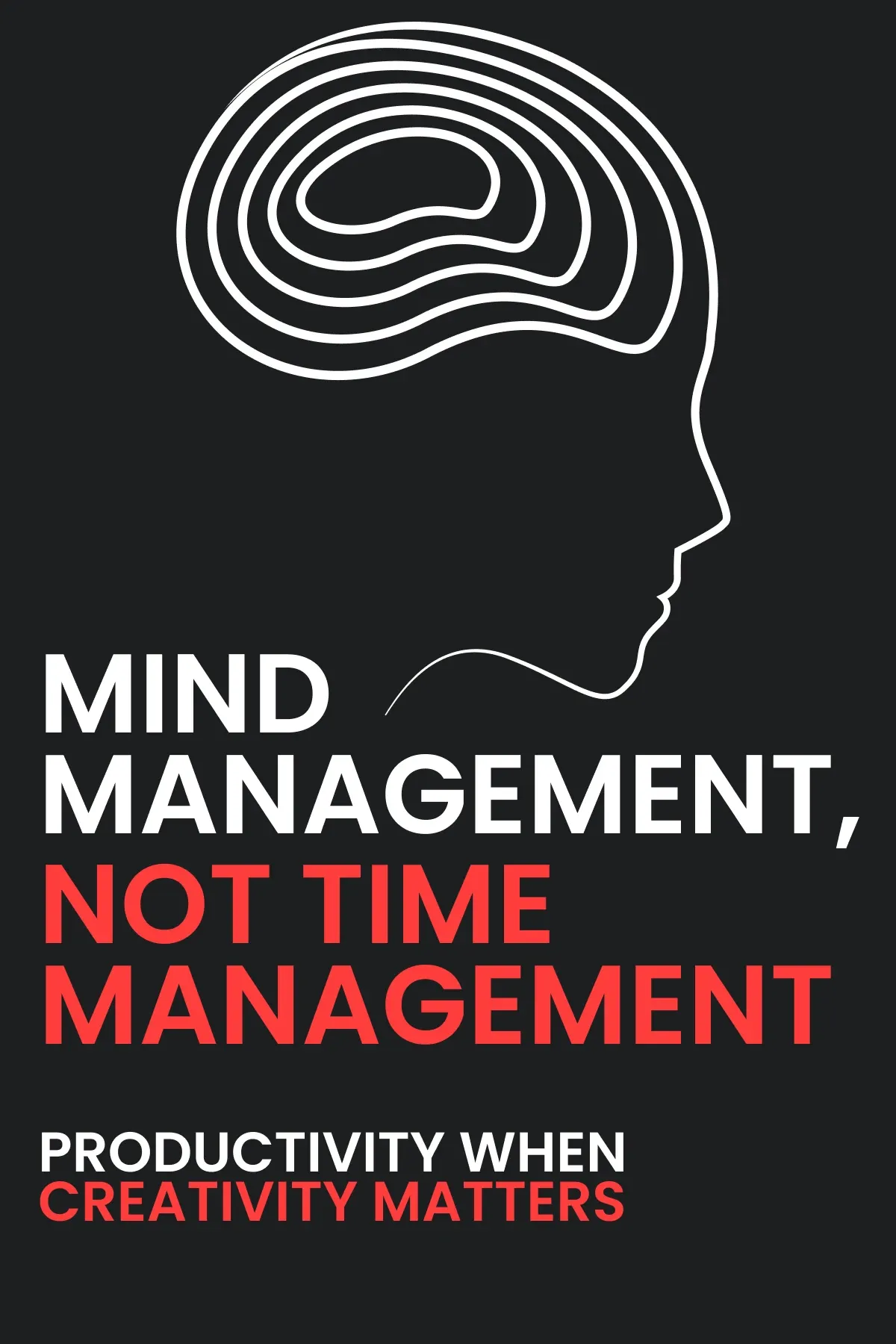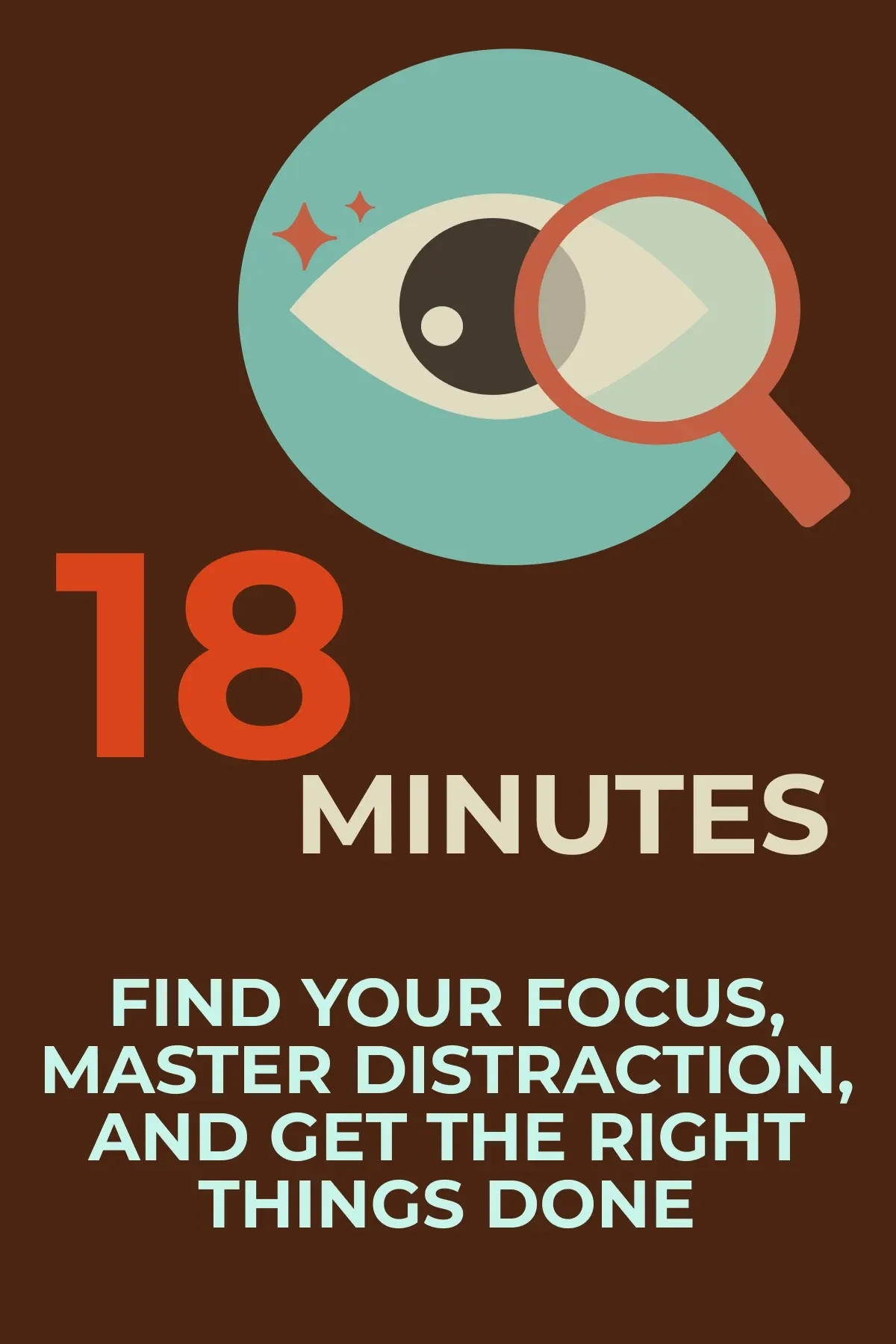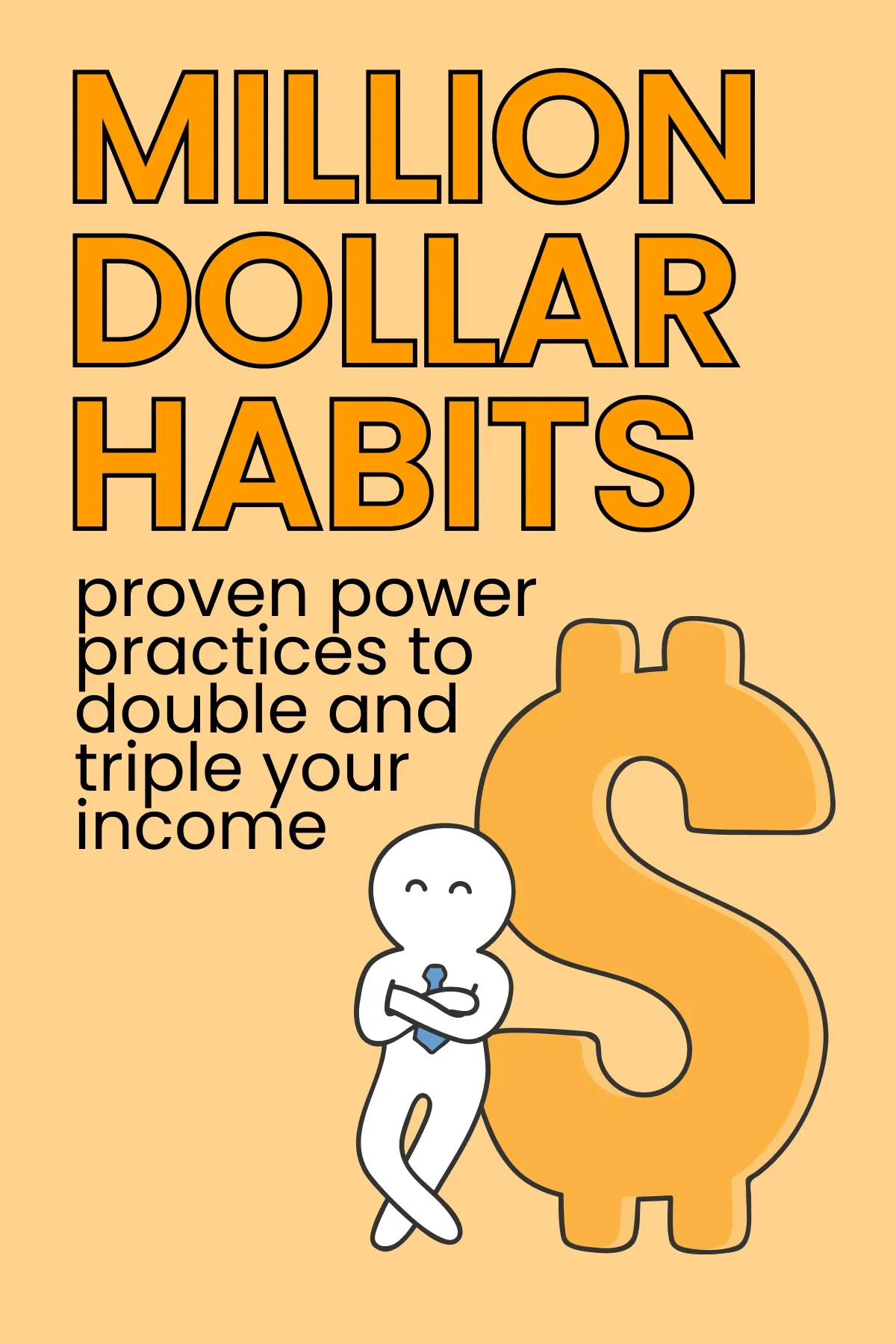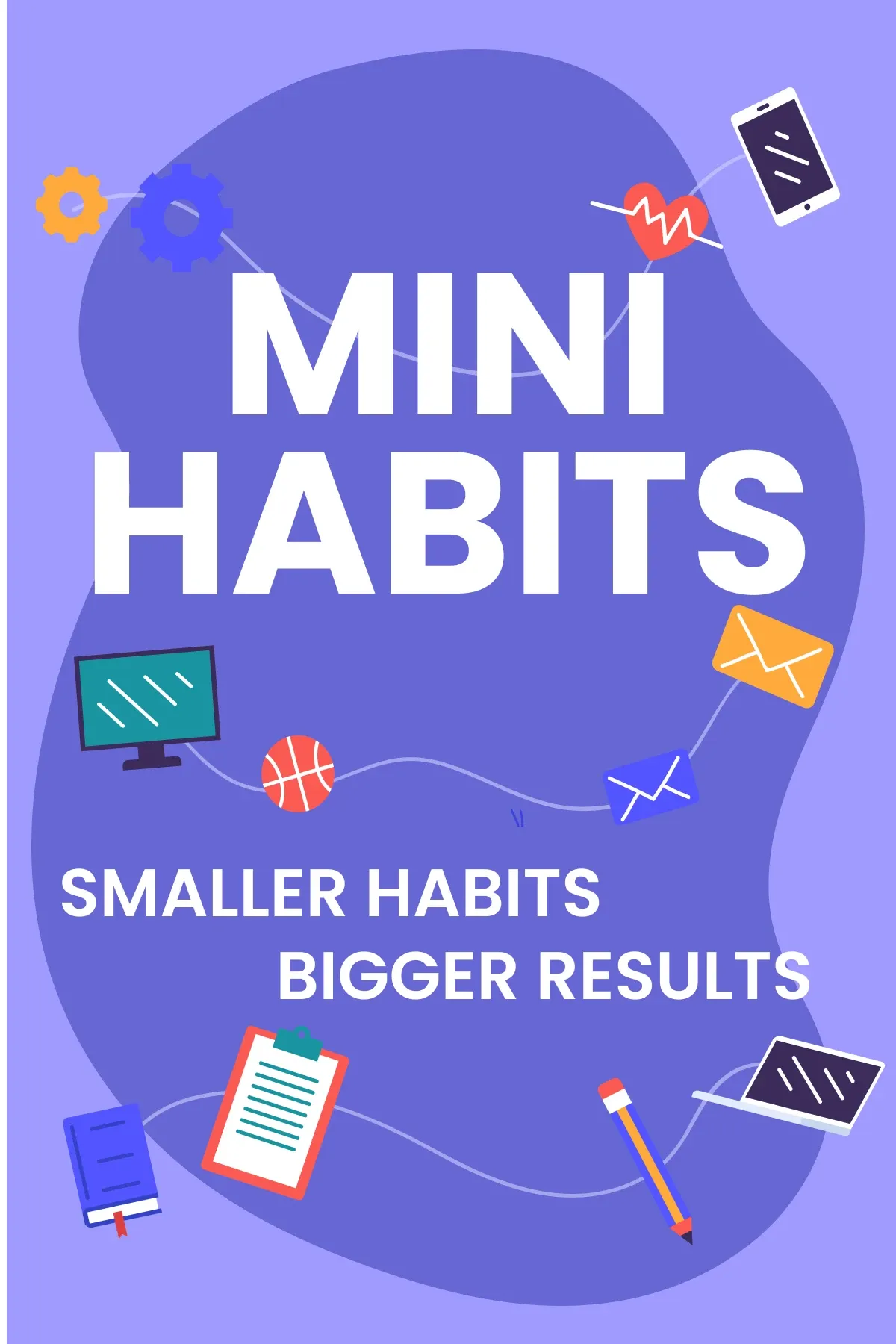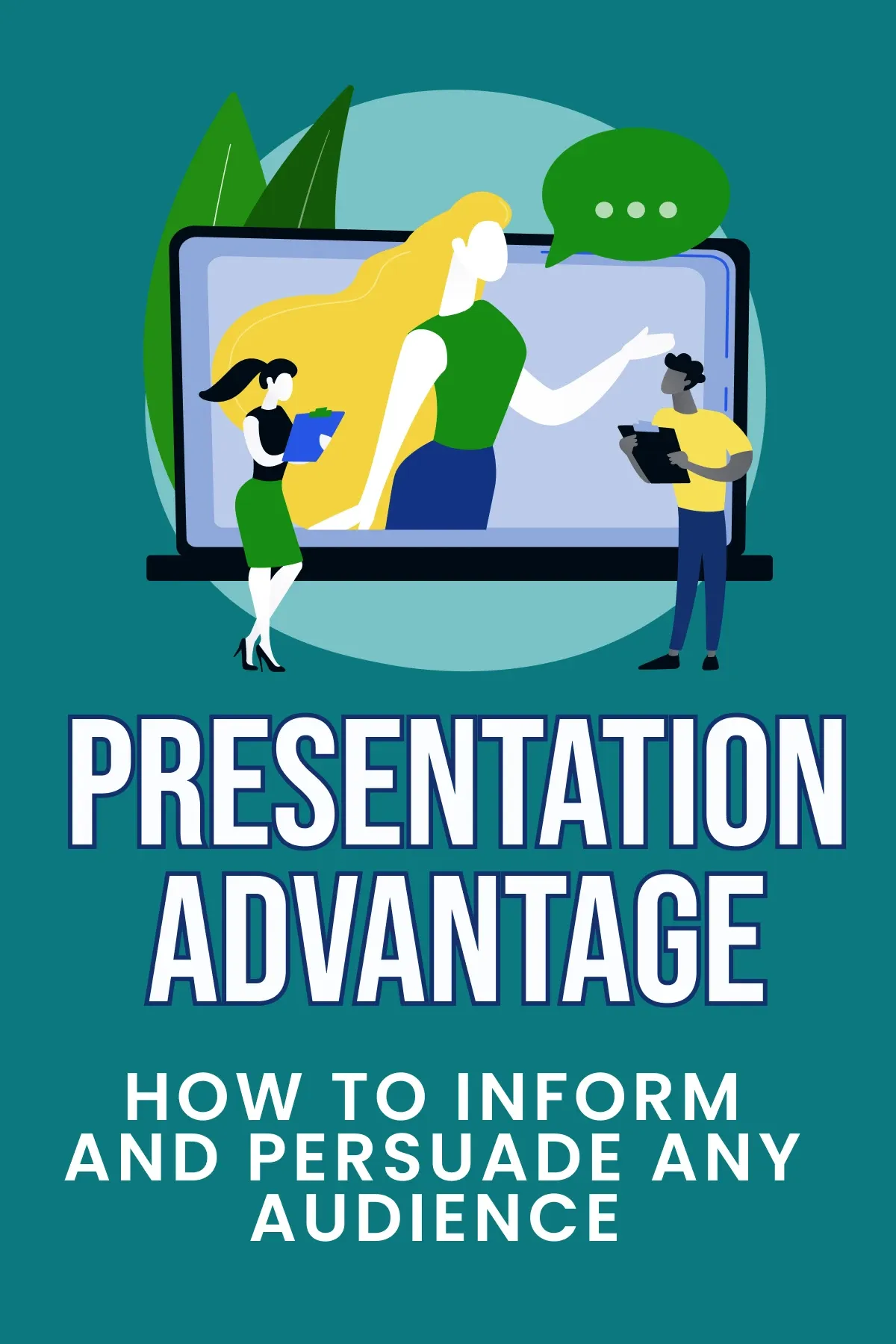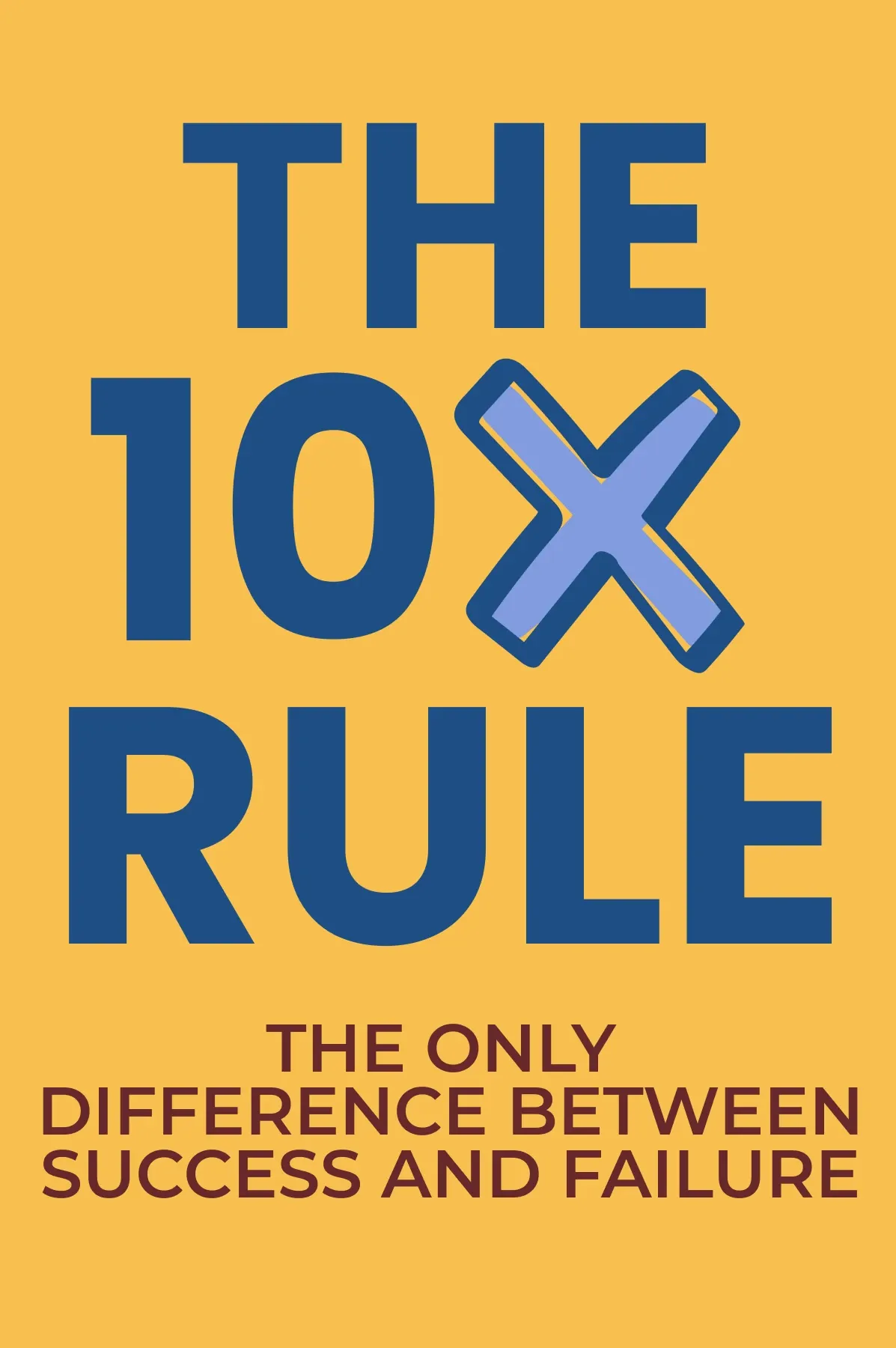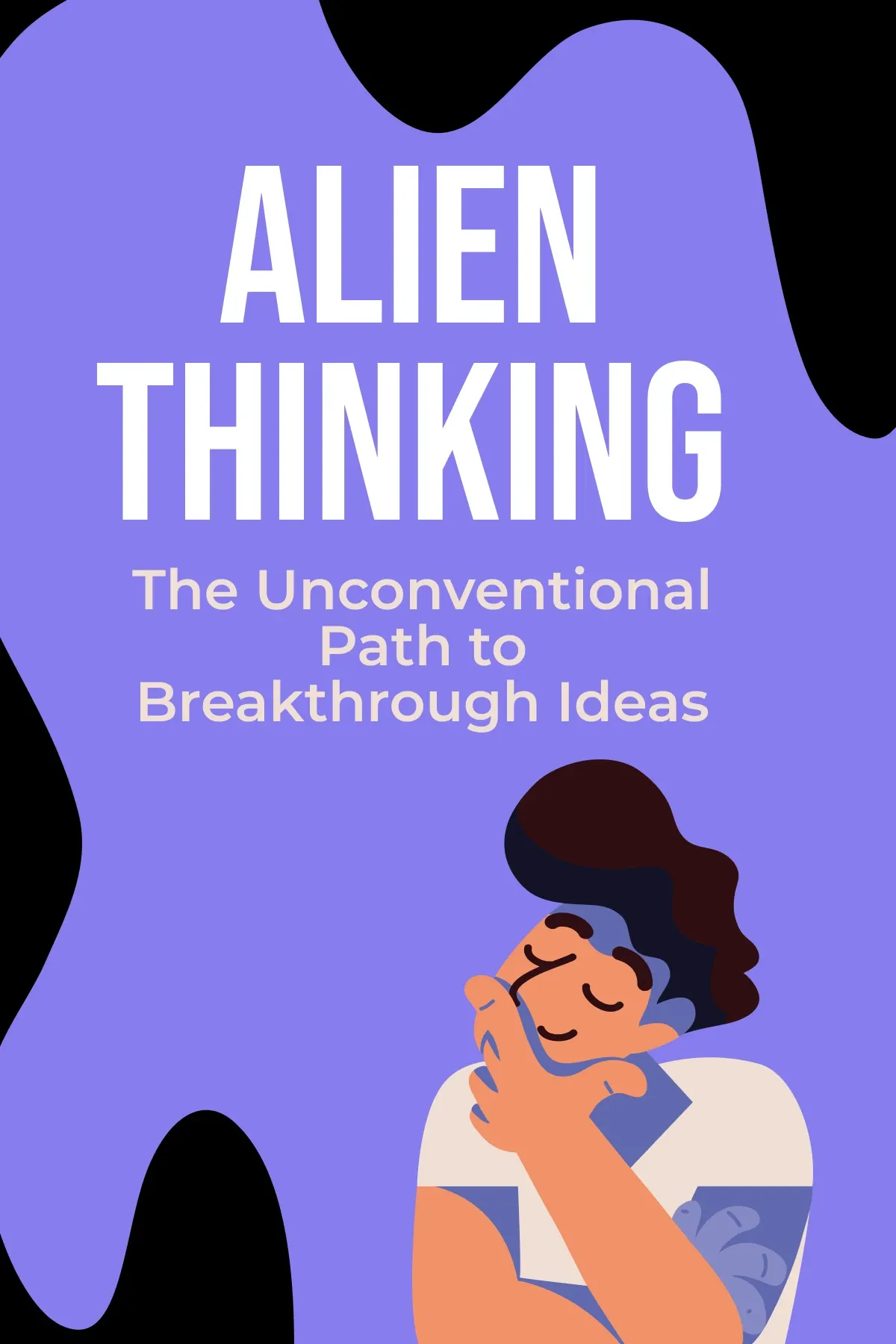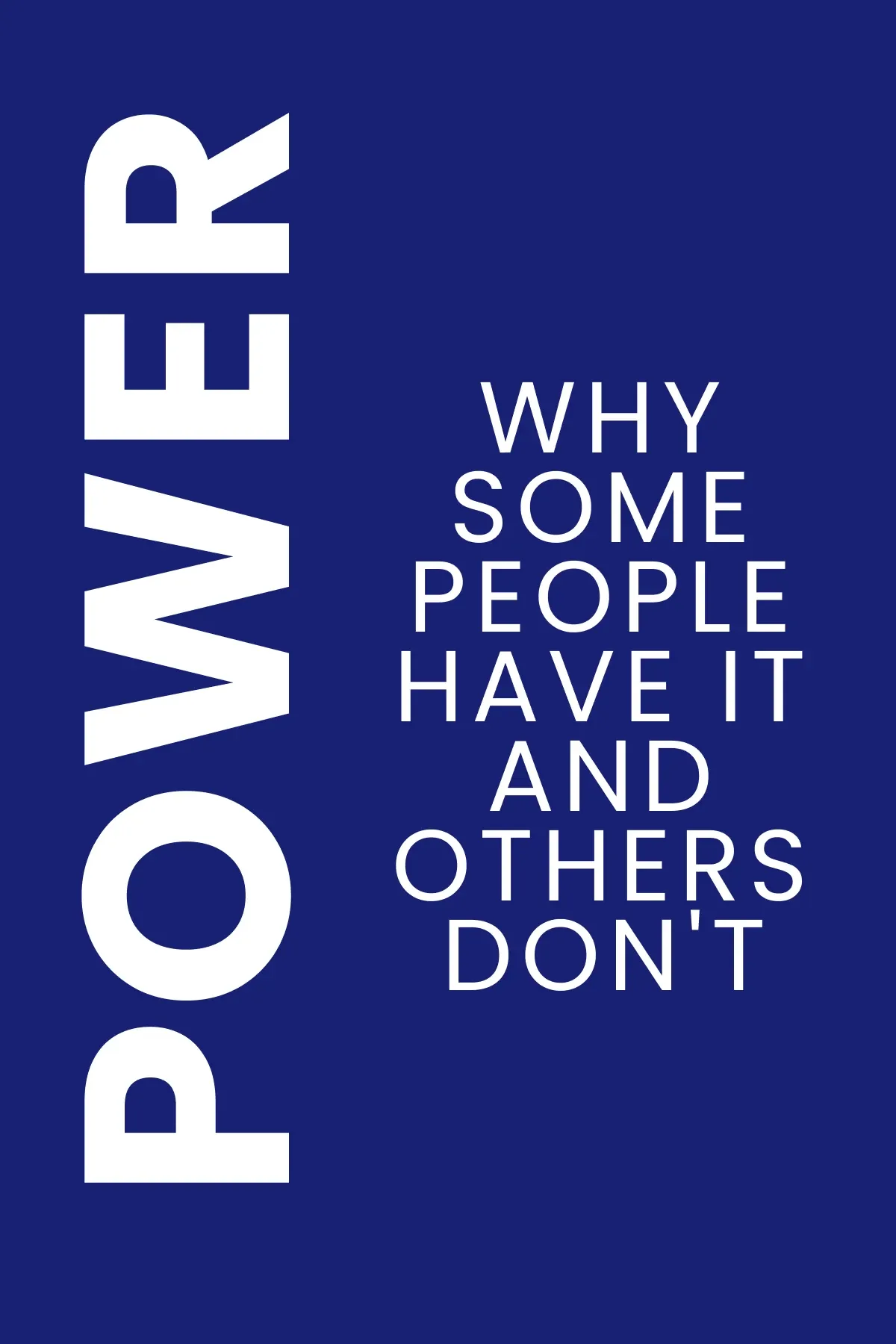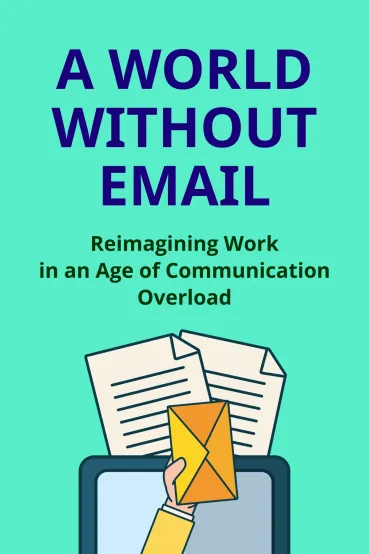
A World Without Email
Brief Summary
Email is the most convenient form of asynchronous communication; what could be wrong with it? Actually, a lot of things, we just don't know about them. Fortunately, Cal Newport is here to help us tackle this tricky subject and even find a solution!
Key points
Key idea 1 of 6
The development of technology simplified our lives and made it much more comfortable. One such innovation was email. Nothing is surprising in the fact that this message transmission method gained popularity in the 90s. We still use it every day! After all, sending a message in one click is much more convenient than carrying it to the post office, gluing a stamp, and waiting a few days (at best) for a reply. But are there any disadvantages to email? Unfortunately, yes.
The negative consequences of constant email use during workflow have been dubbed "The Hyperactive Hive Mind." Throughout the workday, we receive many emails. Customers, clients, partners – everyone sends us something. It generates an ongoing stream of messages.
We all fall prey to the hyperactive hive mind, regardless of our field of work. You may be a literary editor, a school teacher, a business person, or a sales manager – in any case, you are in constant dialog with your colleagues or customers. Most often, this dialog occurs via email. According to one study, the average worker's email account receives more than 120 messages daily. Moreover, thanks to the RescueTime software company, it was proven that a person checks work messengers or emails approximately every five minutes.
The point is that even a slight shift of attention from one task to another requires a cognitive context shift. For such a neurological task, our brain needs time. Imagine you are working on a work plan for your subordinates. Suddenly, an email arrives in your inbox. You get distracted and go to see what it's about. After quickly reviewing the email, you close the inbox and return to your initial task. The problem is that even though you are distracted for a minute, a contact shift occurs in your brain. Now, your attention is divided, which creates a short closure before switching tasks. Our brains get confused. As a consequence, we end up with decreased productivity.
Simply put, context shifting prevents us from serious thinking. It also explains why you feel tired in the middle of the day. Constantly checking your inbox, you let the hyperactive hive mind crawl into your work routine. Thus, you find it hard to think clearly and stay productive.
You may also like these summaries
